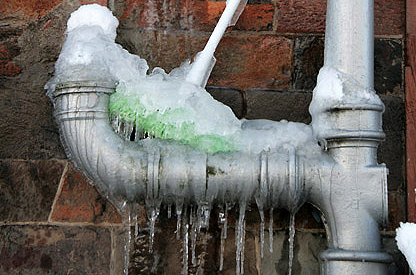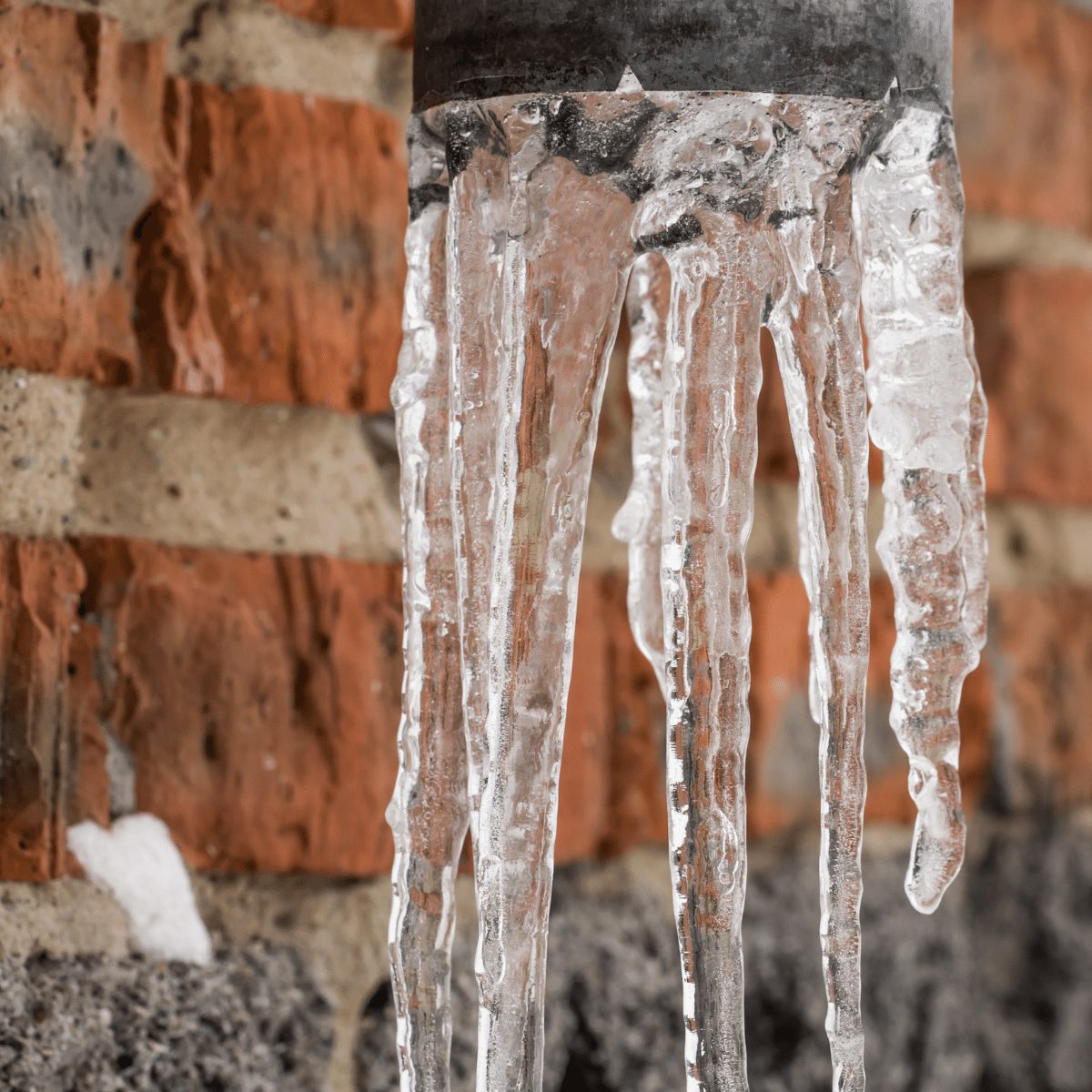Important Advice to Avoid Frozen Pipes in Cold Weather: Specialist Insights
Important Advice to Avoid Frozen Pipes in Cold Weather: Specialist Insights
Blog Article
In this article underneath yow will discover a lot of amazing content involving Winter Plumbing Precautions: Preventing Frozen Pipes.

Cold weather can ruin your plumbing, especially by freezing pipelines. Below's how to avoid it from taking place and what to do if it does.
Introduction
As temperature levels drop, the risk of icy pipelines rises, possibly bring about pricey repairs and water damages. Understanding how to prevent frozen pipes is crucial for homeowners in cool environments.
Prevention Tips
Shielding at risk pipes
Wrap pipelines in insulation sleeves or make use of heat tape to protect them from freezing temperature levels. Concentrate on pipes in unheated or external areas of the home.
Home heating techniques
Keep indoor rooms adequately warmed, specifically locations with pipes. Open cabinet doors to enable warm air to flow around pipes under sinks.
How to identify frozen pipelines
Search for decreased water circulation from taps, unusual smells or noises from pipelines, and visible frost on revealed pipes.
Long-Term Solutions
Architectural changes
Think about rerouting pipelines far from outside wall surfaces or unheated locations. Add extra insulation to attic rooms, basements, and crawl spaces.
Upgrading insulation
Purchase premium insulation for pipes, attic rooms, and wall surfaces. Proper insulation assists preserve constant temperature levels and lowers the threat of icy pipelines.
Protecting Exterior Pipes
Yard pipes and exterior faucets
Disconnect and drain garden hoses before winter months. Mount frost-proof spigots or cover outdoor faucets with shielded caps.
Understanding Frozen Pipes
What creates pipes to ice up?
Pipelines ice up when revealed to temperatures listed below 32 ° F (0 ° C) for prolonged periods. As water inside the pipes freezes, it expands, putting pressure on the pipeline wall surfaces and potentially causing them to break.
Threats and damages
Icy pipes can bring about supply of water disturbances, building damage, and pricey repair services. Burst pipes can flooding homes and create considerable architectural damages.
Indicators of Frozen Piping
Identifying frozen pipes early can avoid them from bursting.
What to Do If Your Pipelines Freeze
Immediate activities to take
If you suspect icy pipelines, maintain faucets open up to ease stress as the ice thaws. Use a hairdryer or towels taken in hot water to thaw pipes gradually.
Conclusion
Stopping icy pipelines calls for positive steps and quick reactions. By understanding the reasons, indications, and safety nets, property owners can protect their plumbing throughout cold weather.
5 Ways to Prevent Frozen Pipes
Drain Outdoor Faucets and Disconnect Hoses
First, close the shut-off valve that controls the flow of water in the pipe to your outdoor faucet. Then, head outside to disconnect and drain your hose and open the outdoor faucet to allow the water to completely drain out of the line. Turn off the faucet when done. Finally, head back to the shut-off valve and drain the remaining water inside the pipe into a bucket or container. Additionally, if you have a home irrigation system, you should consider hiring an expert to clear the system of water each year.
Insulate Pipes
One of the best and most cost-effective methods for preventing frozen water pipes is to wrap your pipes with insulation. This is especially important for areas in your home that aren’t exposed to heat, such as an attic. We suggest using foam sleeves, which can typically be found at your local hardware store.
Keep Heat Running at 65
Your pipes are located inside your walls, and the temperature there is much colder than the rest of the house. To prevent your pipes from freezing, The Insurance Information Institute suggests that you keep your home heated to at least 65 degrees, even when traveling. You may want to invest in smart devices that can keep an eye on the temperature in your home while you’re away.
Leave Water Dripping
Moving water — even a small trickle — can prevent ice from forming inside your pipes. When freezing temps are imminent, start a drip of water from all faucets that serve exposed pipes. Leaving a few faucets running will also help relieve pressure inside the pipes and help prevent a rupture if the water inside freezes.
Open Cupboard Doors
Warm your kitchen and bathroom pipes by opening cupboards and vanities. You should also leave your interior doors ajar to help warm air circulate evenly throughout your home.

I hope you liked our section on Helpful Tips to Prevent Frozen Pipes this Winter. Thanks a lot for spending some time to read our article. Sharing is good. Who knows, you may just be doing someone a favor. Thank you for your time spent reading it.
Free Estimate Report this page